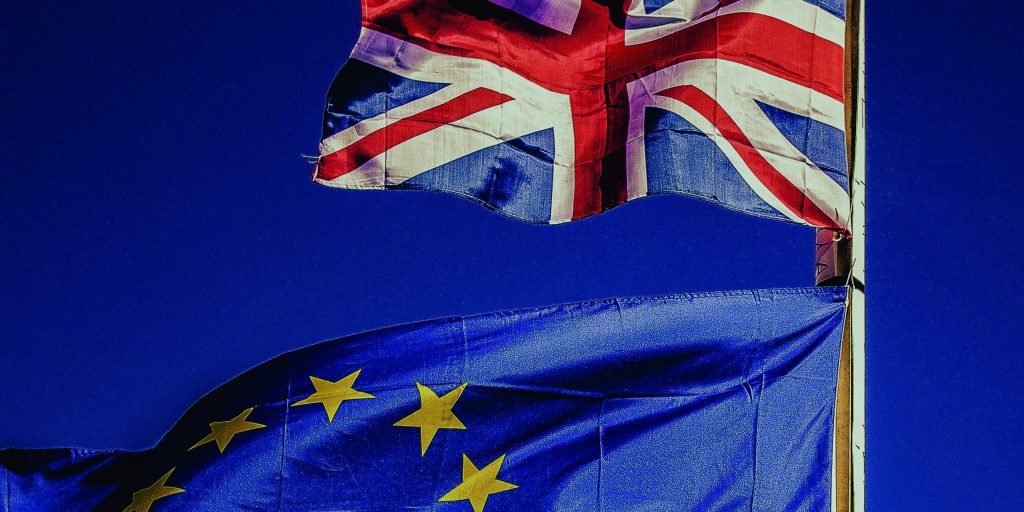Insight article

The case for connectivity
It is 1979. The ‘Walkman’ has just been introduced to the Japanese market. Within three months, its entire stock of 30,000 units has sold out. For a decade after its launch, Sony’s Walkman retained 50% of market share in the U.S. (The Atlantic). Sony had cutting edge tech, bold vision, and the rights to the world’s best-selling musicians. But today we aren’t listening to our music on a Walkman. Instead, it was Apple – a technology brand with no relevant pedigree – that joined the dots to our musical future. Why?
In the early 2000s, Sony fell victim to the consequences of a disconnected business. Following a spate of successes from the 1950s through to the 1990s, Sony was focused on investing, selling and innovating hardware. It had various business divisions creating MP3 players, but they weren’t talking to each other. They weren’t in a rush. They stalled their product launch through fears that people would acquire their music for free; these were the days of LimeWire, Napster and rampant music piracy. So while Sony could see that the transition from hardware to software was happening – and even participate at the front lines of that innovation – it couldn’t join the dots. It was blind to the fundamental nature of the shift.
With the iPod’s self-contained eco-system, slick interface and intuitive design Apple realised the power of that shift and transformed the industry overnight.
Connectivity drives performance
The rapid pace of change left Sony Walkman behind. But its message is as true today and more urgent than it ever was. Businesses need to be connected. They need to be agile systems, not lonely units. Today’s complex organisations are not unlike huge orchestras, with an ever-expanding pool of new players, instruments and frantic harmonies. No surprise then that the musicians are playing different tunes. When organisations don’t talk to each other information and opportunity are lost.
Every orchestra needs to be led by a good conductor. Steve Jobs was no perfect leader, but he was a peerless conductor. He had a vision he could bring the world into, creating a higher purpose for Apple and creating a site of unmatched innovation.
Connect with a narrative
Elite teams demonstrate the power of a clear goal and common purpose, whether on the field or in the workplace.
What tool creates connection? Narrative. We’re storytelling animals. We know that the human brain needs context to process information, and people need to feel before they take action. An effective change narration creates the emotional and rational conditions of change by connecting employees to the journey ahead.
The effects can be monumental. We worked with a large pharmaceutical company looking to boost performance in the midst of a major transformation. Working with the Executive committee, we crafted a narrative that called on the organisation’s people to ‘change the world again’. Coupled with an integrated programme, this narrative set out the foundation of the ‘ownership’ culture where each member of the team could play an essential role.
But it takes personal connection to bring any narrative to life; and it takes authentic role-modelling to make any leader worth following. That’s why, to launch the narrative, the business’s founder began by telling his own personal story: a powerful story about the power of story. As a young doctor, he had helped a patient through cancer and realised he could change things on a bigger scale by finding cures, not administering them.
The power of purpose
A year later, during the trial of a drug for a rare disease in Mexico, the research and development team received a call from a desperate mother with a sick child. Living thousands of miles from the trial in Mexico City, it would have taken six months for the drug to get to the child due to legislation. But the team were so moved by the mother’s plea for help, they decided to find a new way to bring help to her. By working together across the business, they delivered the drug to the child. The child’s life was saved. The team were truly inspired by the story, and the purpose it instilled in them moved them to achieve beyond expectations.
Connect with head and heart
“No man or woman is an island, entire of itself,” said the poet John Donne in 1624. These words ring true today – everything and everybody are connected, and no organisation or individual acts on their own. Over the previous three decades, we have become a hyper-connected world. Information flows constantly – we need new ways to make constant connections. A company-wide narrative provides a common purpose and a shared foundation to build from; but it is the connection – between collective narrative and personal storytelling, between geographies and expertise, between head and heart – which makes a story-driven approach the key to powerfully connected, high performing teams.





